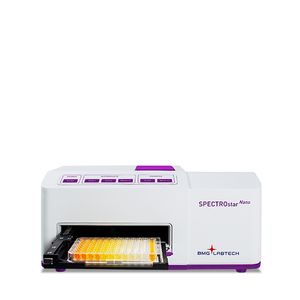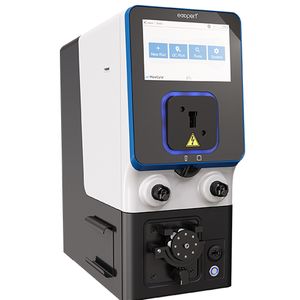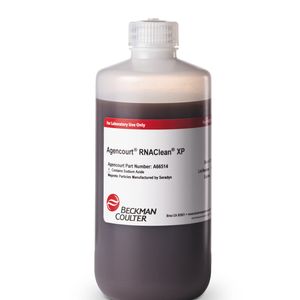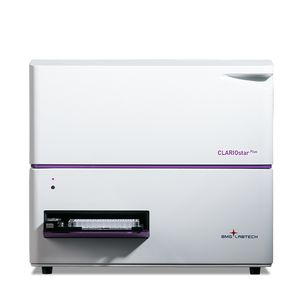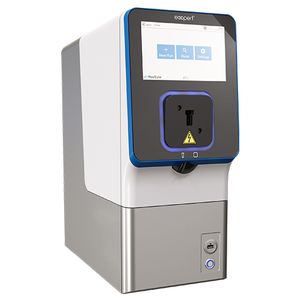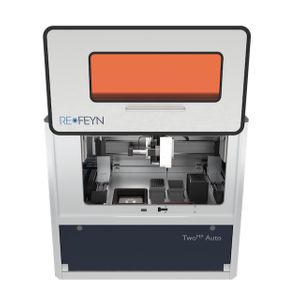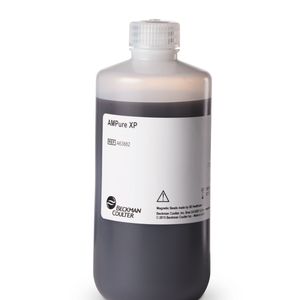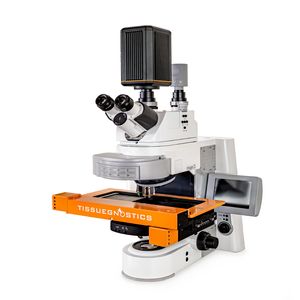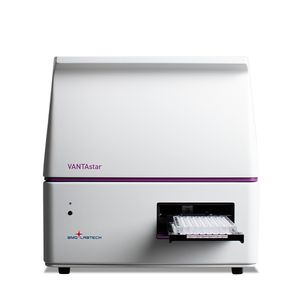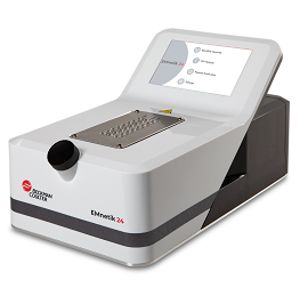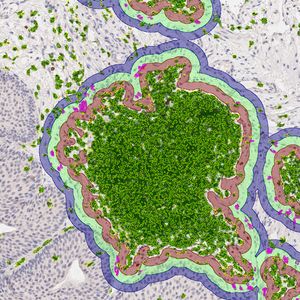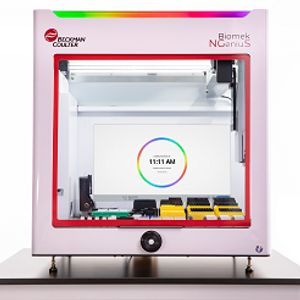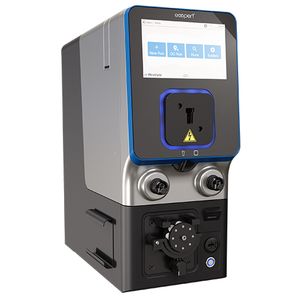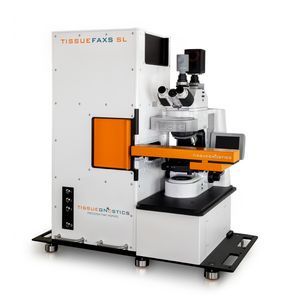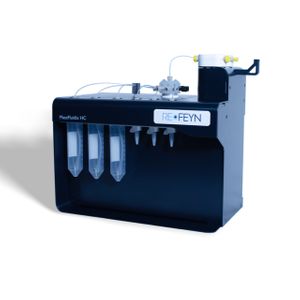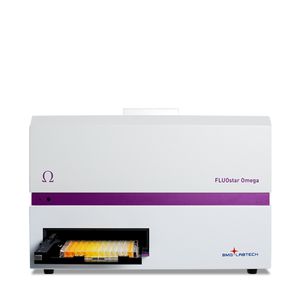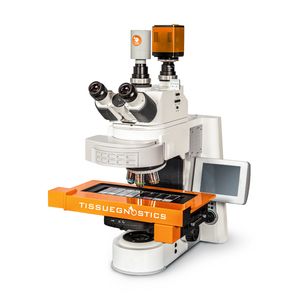Drug Discovery & Development Webinars
Browse our archive of webinars on pharmaceutical and biomedical research from collaborations between pharmaceutical companies, government, biotechnology companies and academia to create new drug discovery opportunities.
Show More
-
FEB 23, 2022 | 9:00 AMWhat does a quantum leap in drug development look like and what is necessary to make it happen? Our greatest opportunity to deliver significant increases in the speed and effectiveness of dr...
-
FEB 24, 2021 | 7:30 AMSpecific biomarker assays are included in an increasing number of drug labels, with uses ranging from prediction of adverse events to providing insights on efficacy for patient populations....
-
FEB 23, 2022 | 12:00 PMThe prevalence of NASH in global populations continues to expand in conjunction with the ongoing obesity and diabetes epidemic. Over the next decade, the disease is projected to become the l...
-
FEB 24, 2021 | 9:00 AMReliable diagnostic, prognostic, predictive, pharmacodynamic, and pharmacokinetic biomarkers are critical to assure correct patient selection, drug dosing, and monitoring. Being able to iden...
-
FEB 27, 2019 | 9:00 AMMultiplexing IHC is a technique that is increasing in demand as more and more researchers and physicians are being tasked with doing more with less. With multiplexing, you have the advantage...
-
JAN 01, 2020 | 6:00 AMAccurate DNA replication is essential to transmit the genetic information from one generation to another. However, replication is frequently challenged by barriers that originate from exogen...
-
FEB 23, 2022 | 3:00 PMGenetically engineered cellular models are an integral part of the drug discovery process from early discovery through clinical biomanufacturing. The various applications of these cellular m...
-
JAN 01, 2020 | 6:00 AM“The poor translatability of early-stage preclinical models is a major setback in oncology drug development. Immortalized cell lines, that are extensively used in drug screens, undergo...
-
FEB 21, 2018 | 7:30 AMThis lecture introduces the evolving paradigm of Molecular Pathological Epidemiology (MPE) as simply as possible. Any given human disease represents fundamentally heterogeneous process,...
-
JAN 01, 2020 | 6:00 AMNon-alcoholic fatty liver disease (NAFLD) is the most common form of chronic liver disease in developed countries, and it affects over 25% of the population worldwide. Within the next five y...
-
FEB 22, 2023 | 9:00 AMIf you use a pipette on a daily basis, then this webinar is for you. Pipettes are used to prepare samples, blanks, and standards for a range of analytical experiments. This is why the wrong...
-
FEB 21, 2018 | 1:30 PMIn the last years a number of advanced nanotechnologies have been proposed developed for the administration of drugs (nanomedicines for drug delivery), in order to provide possibilities...
-
JAN 01, 2020 | 6:00 AMBiomarkers are critical tools for all stages of cancer research, from drug development through clinical applications. Cancer is fundamentally a disease of unregulated cell growth and circumv...
-
JAN 01, 2020 | 6:00 AMThe aim of the lecture is to give an insight into the use of 3D liver micro tissues (3D liMTs) in drug discovery and translational safety. In translational toxicology, 3D LiMTs have a high i...
-
JAN 01, 2020 | 6:00 AMLearning Objectives: 1. Describe the exposure response relationships with vancomycin and acute kidney injury 2. Define biomarkers that may be useful to improve Precision Dosing...
-
FEB 24, 2021 | 1:30 PMG protein-coupled receptors (GPCRs) are among the most intensively studied drug targets, and account for about ~34% of all drugs approved by the FDA. Examples of drugs targeting GPCRs includ...
-
FEB 23, 2022 | 11:55 PMAdhesion G protein-coupled receptors (aGPCRs) are an ancient class of receptors that represent some of the largest transmembrane-integrated proteins in humans. Besides classic features of GP...
-
JAN 01, 2020 | 6:00 AMMicrophysiological systems (MPS), also known as organ-on-chips, are small scale in vitro cell cultures which mimic facets of tissue or organ level function. MPS frequently utilise primary hu...
-
FEB 24, 2021 | 12:00 AMAmyotrophic Lateral Sclerosis (ALS) is a neurodegenerative disease affecting approximately 1 in 50,000 people worldwide. About 10% of these cases are found to have a hereditary component, bu...
-
FEB 27, 2019 | 12:00 PMToo frequently the investigator will provide “scientific” reasons to justify precluding analgesics from experimental procedures that may involve more than momentary pain, often wi...
-
FEB 24, 2021 | 12:00 PMWith an introduction by Sarah Warren, the Senior Director of Translational Science, this webinar will open by providing a brief technology overview of NanoString Technologies. Dr. Warren wil...
-
MAY 15, 2025 | 10:00 AMFor too long, researchers have relied on outdated purification techniques. It's time for a change. BioEcho, now part of Admera, offers a revolutionary approach to nucleic acid purificati...
-
FEB 22, 2023 | 12:00 PMHave you ever tried to access the genomic profiles of cell lines before using them in your preclinical experiments just to come up empty-handed? Maybe you’ve scoured public databases f...
-
FEB 24, 2021 | 3:00 PMSingle-cell gene expression analysis helps biologists and bioinformaticians reveal complex and rare cell populations, uncover regulatory relationships among genes and analyze and visualize g...
-
FEB 23, 2022 | 1:30 PMIntegrating external and internal ‘omics data is a key element of hypothesis generation, target identification, and biomarker prioritization when it comes to drug discovery. It is neve...
-
FEB 22, 2018 | 6:00 AMVaccibody has developed a unique platform technology able to substantially potentiate vaccines by an inherent mechanism that attract, activate and deliver antigens to antigen presenting cells...
-
FEB 22, 2023 | 7:30 AMIn general, once a receptor drug target has been validated for the treatment of a particular condition, either a high throughput screen is carried out to identify potential hits, or existing...







































